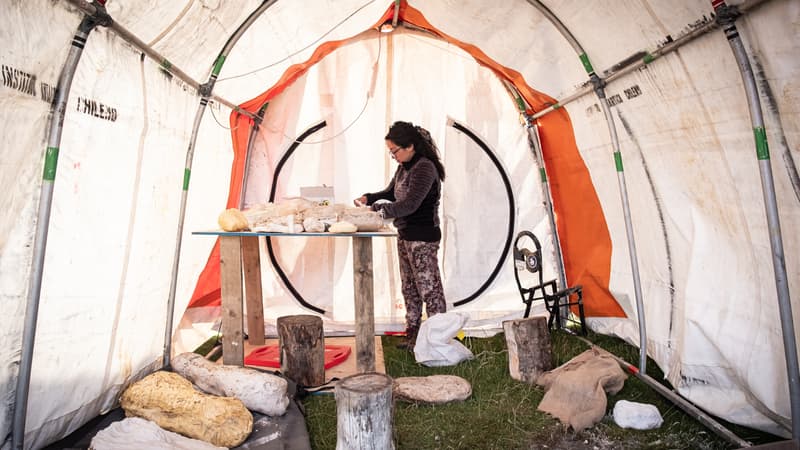Researchers have discovered fossils of four types of dinosaurs, including a Megaraptor, in a remote area of Patagonia in Chile that has become an important repository for fossils.
After collecting fossils in 2021 at Cerro Guido, located in the Valle de Las Chinas, near the border with Argentina about 2,800 km south of Santiago, scientists transported these remains to the laboratory and managed to verify that they belonged to dinosaurs that were previously they had not had identified at this location.
The Chilean Antarctic Institute (Inach), together with researchers from the University of Chile and the University of Texas in the United States, have managed to identify the remains of four types of dinosaurs, between teeth and postcranial parts of a Megaraptor belonging to the family of theropods.
at the end of the Cretaceous
“It is always very interesting in scientific terms to discover something that had not been found before in the Valle de Las Chinas, where we began to get used to having new discoveries of fossil remains,” explained Marcelo Leppe, director of Inach.
These meat-eating dinosaurs had raptor-like claws, small rending teeth, and large upper limbs, which the research suggests places them at the top of the food chain in this area that they inhabited between 66 and 75 million years ago at the end of the Cretaceous.
“One of the characteristics that allowed us to identify with great certainty that it belonged to the Megaraptoridae is, first of all, that the teeth are highly curved backwards,” explains Jared Amudeo, a researcher at the Paleontological Network of the University of Chile, in a Press release.
Two specimens of Unenlagia were also identified, closely related to velociraptors, which have an “evolutionary character, which would indicate that they are a new species of Unenlagia or possibly a representative of a different clade (group), “he clarified.
Source: BFM TV


